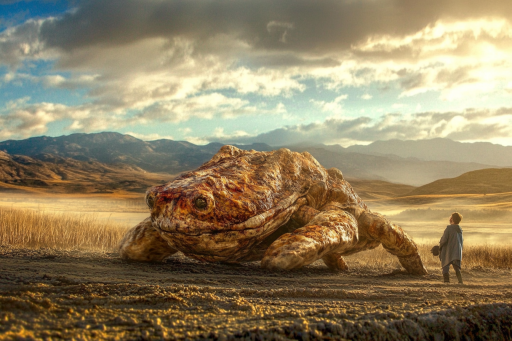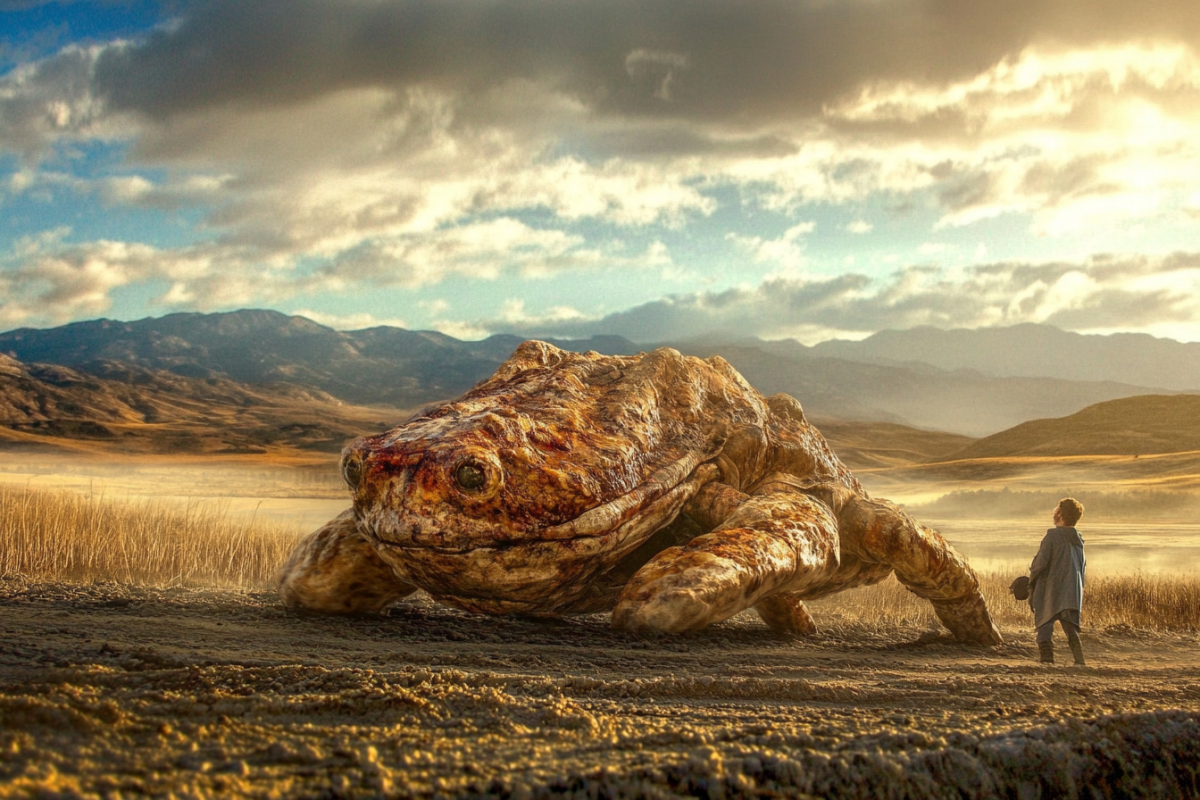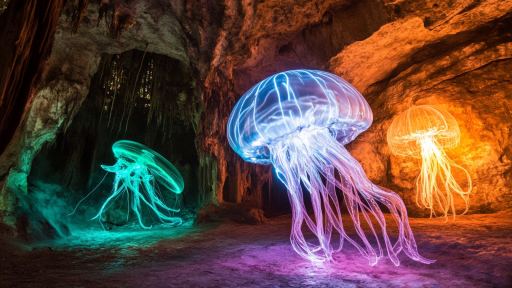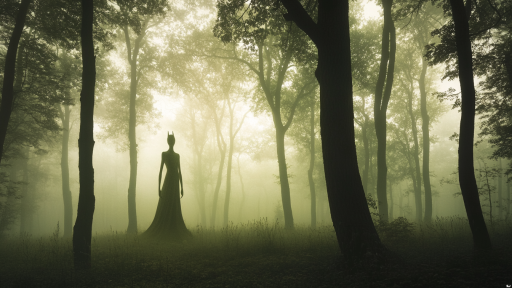
Nature is the ultimate survivor, thriving in conditions that seem impossible. From creatures that withstand deadly cold to plants that bloom only in fire, life has evolved in extraordinary ways to endure the planet’s most unforgiving environments. These adaptations are as bizarre as they are brilliant, proving that when faced with the extremes, nature always finds a way. Step into the world of the unexpected and discover how life bends the rules to survive.
Living in Boiling Water
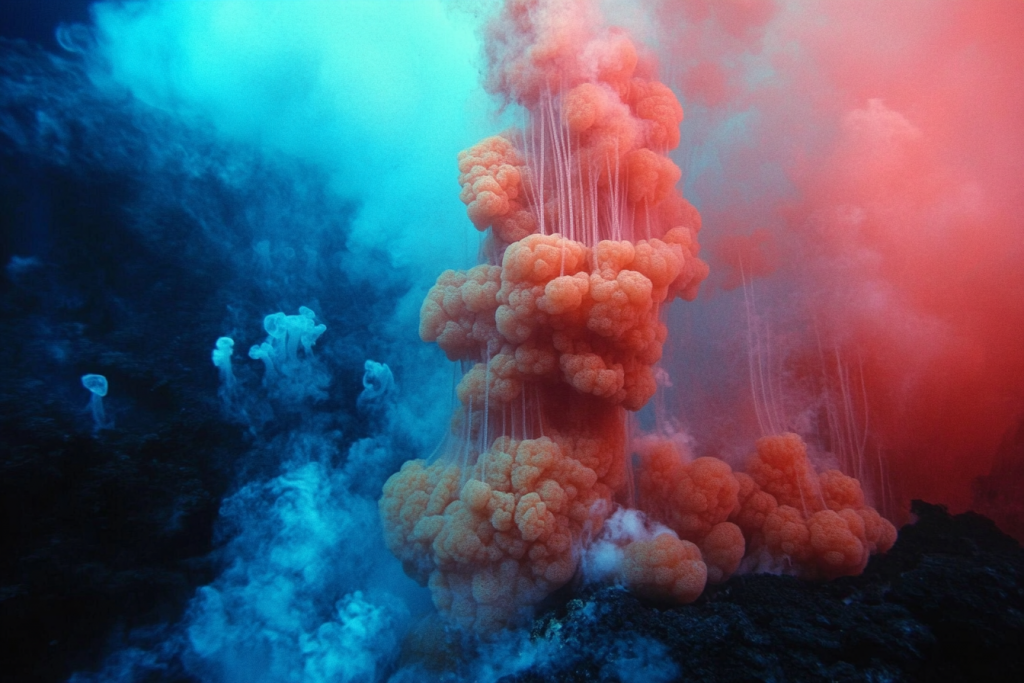
Deep within the scalding waters of hydrothermal vents, bacteria thrive in temperatures exceeding 200°F. These microscopic extremophiles use sulfur and minerals instead of sunlight, making them some of the most heat-resistant life forms on Earth. Without them, entire ecosystems of strange, deep-sea creatures couldn’t exist. Their ability to turn toxic chemicals into energy challenges everything we thought we knew about life.
Frozen but Alive

Some frogs, like the wood frog, can survive being frozen solid in winter, only to thaw out and hop away in spring. Their secret? A natural antifreeze in their blood that prevents ice from damaging their cells. Their heart stops, their brain shuts down, but once the ice melts, they return to life as if nothing happened. Scientists study these creatures in hopes of unlocking the secrets of suspended animation.
Plants That Drink Fog

In deserts where rain is rare, some plants rely on fog to survive. The Namib Desert’s “fog-basking beetle” stands on its head each morning to collect mist, while plants like the fog-harvesting cactus have ridged surfaces that channel water droplets to their roots. These natural water collectors turn vapor into life, proving that even in the driest places, survival is possible.
The Fish That Breathes Air

When rivers dry up, the African lungfish doesn’t panic—it simply breathes air. This ancient fish can survive months, even years, without water by burying itself in mud and entering a suspended state. Its ability to switch between water and air breathing makes it one of the most adaptable creatures on the planet. Some scientists even compare it to early ancestors of land animals.
Surviving Fire by Blooming in Flames

Some plants don’t just endure wildfires—they depend on them. The rare fire lily only blooms after intense heat cracks its tough seeds, ensuring it germinates in a nutrient-rich, competition-free environment. Other species, like the giant sequoia, release their seeds only when fire clears the way. These plants prove that destruction can be the beginning of life.
Bacteria That Eats Metal

Deep in abandoned mines and toxic waste sites, strange bacteria feast on metal. These microbes can survive in environments filled with poisonous heavy metals, transforming what should be deadly into an energy source. Some even consume radioactive materials, raising hopes that they could one day help clean up pollution. What humans see as waste, nature sees as an opportunity.
The Animal That Can Live Without Oxygen
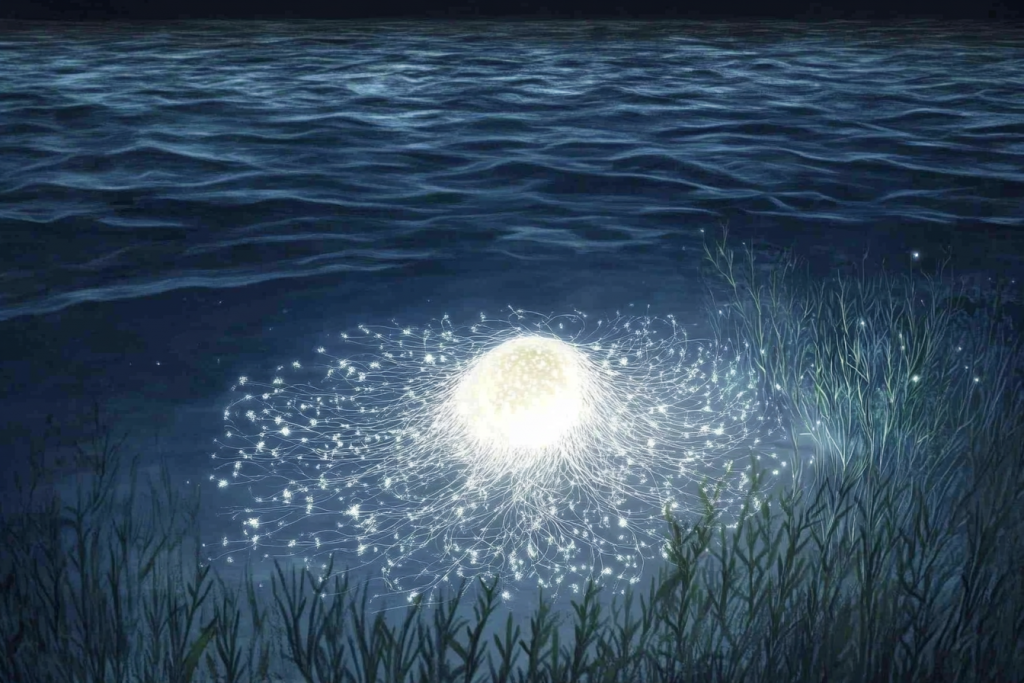
Deep beneath the ocean, a tiny parasite called Henneguya salminicola has done the unthinkable—it has abandoned oxygen altogether. Unlike every other animal known to science, it doesn’t need to breathe. Instead, it survives in a way similar to some fungi, proving that life can rewrite the rules in the strangest ways. It’s a reminder that we still have much to learn about the depths of biology.
Birds That Sleep While Flying

The Alpine swift can stay airborne for months without landing, sleeping in midair as it glides across continents. Scientists have discovered that these birds take micro-naps while flying, resting just enough to stay sharp. This adaptation allows them to travel vast distances without stopping, making them the ultimate long-haul travelers of the natural world.
The Reptile That Drinks Through Its Skin

The thorny devil, a spiky lizard from Australia, has a bizarre survival trick—it drinks water through its skin. Tiny grooves in its scales channel moisture straight to its mouth, allowing it to drink from dew, rain, or even wet sand. This ability lets it survive in one of the driest environments on Earth, turning its body into a living straw.
The Mammal That Doesn’t Age

The naked mole rat is more than just a weird-looking rodent—it’s biologically resistant to aging. Unlike other mammals, its cells don’t accumulate damage at the same rate, making it nearly immune to cancer and capable of living decades longer than expected. Scientists are studying these creatures in hopes of uncovering the secrets to longer life for humans.
The Plant That Feeds on Lightning

Scientists have found that certain trees, like the Douglas fir, can absorb electrical charges from lightning, using them to accelerate their growth. The phenomenon, called “electro-culture,” suggests that trees in storm-prone areas might actually benefit from lightning strikes. It’s a shocking way to survive, but nature has always found energy in unexpected places.
When Survival Becomes the Impossible

Life’s ability to adapt to the planet’s most extreme conditions challenges everything we thought we knew about biology. Creatures that drink fog, fish that breathe air, and plants that bloom in fire prove that survival is more than just endurance—it’s transformation. These adaptations force us to rethink the limits of life, making us wonder: If nature can survive the impossible here on Earth, what else might be thriving in the universe?

